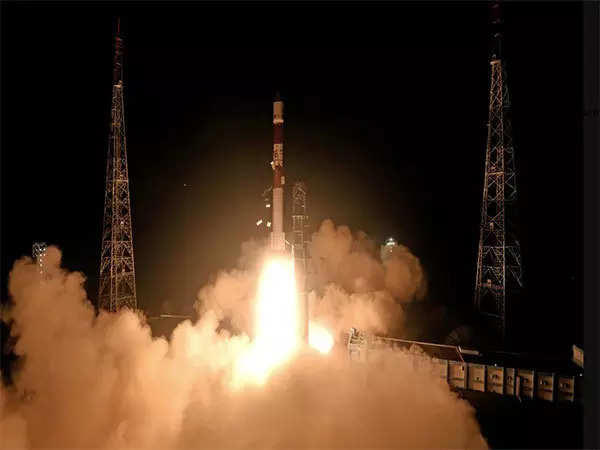The Indian Space Research Organisation (ISRO) has successfully executed its Space Docking Experiment (SpaDeX), marking India’s entry into the elite group of nations capable of satellite docking in orbit. With this success, India joins the United States, Russia, and China in mastering this complex space technology.
The SpaDeX Mission: A Game-Changer in Space Exploration
The SpaDeX mission involved the docking of two experimental satellites in Earth’s orbit, a feat that requires precision engineering, advanced software systems, and meticulous planning. The docking maneuver was performed at a low-earth orbit altitude of approximately 400 kilometers, showcasing ISRO’s growing prowess in advanced space technologies.
ISRO Chairman S. Somanath hailed the achievement as a significant milestone in India’s space exploration journey. “The successful completion of the SpaDeX mission demonstrates our capability to perform complex space operations. This opens up new avenues for in-orbit servicing, refueling, and collaborative international missions,” he said during a press briefing.
Why Satellite Docking Matters
Satellite docking is a critical capability for several space missions, including the maintenance and repair of satellites, construction of space stations, and assembling modular spacecraft for deep-space exploration. The technology also enables efficient refueling and upgrades, significantly extending the lifespan of satellites and reducing space debris.
With SpaDeX, ISRO aims to establish its capability in performing these operations, laying the groundwork for future missions involving human spaceflight and interplanetary exploration.
The Technology Behind SpaDeX
The SpaDeX mission utilized a combination of cutting-edge technologies, including:
- Autonomous Navigation Systems: The satellites used advanced sensors and algorithms to autonomously identify and dock with each other.
- Micro-Propulsion Systems: These systems ensured precise control of the satellites’ movements during the docking process.
- High-Speed Communication Links: Real-time data transmission between the satellites and ISRO’s ground stations was crucial for the mission’s success.
According to mission scientists, one of the most challenging aspects was ensuring the alignment of the docking ports, which had to be accurate within millimeters.
India’s Place in the Global Space Community
The successful SpaDeX mission solidifies India’s position as a major player in the global space community. By mastering satellite docking, ISRO has demonstrated its capability to undertake ambitious projects and collaborate on international missions requiring sophisticated orbital operations.
This achievement also comes at a time when global interest in space exploration is surging. With private companies like SpaceX pushing the boundaries of what’s possible, nations are increasingly focusing on technologies like docking and in-orbit assembly to maintain a competitive edge.
Economic and Strategic Implications
The SpaDeX mission is expected to have far-reaching economic and strategic implications for India. Satellite servicing and refueling is a burgeoning industry, with the potential to save billions of dollars by extending the operational life of satellites. By entering this domain, India can position itself as a global leader in providing affordable in-orbit servicing solutions.
Strategically, the capability to dock satellites enhances India’s ability to maintain and upgrade its space assets, including those used for communication, navigation, and defense. It also paves the way for ambitious projects like the construction of India’s own space station, planned for the coming decade.
Public and Expert Reactions
The announcement of the SpaDeX mission’s success has been met with widespread acclaim. Prime Minister Narendra Modi congratulated ISRO scientists, calling the achievement a “proud moment for every Indian.”
Space experts have also lauded the mission, emphasizing its significance for India’s space ambitions. “With SpaDeX, ISRO has taken a major step forward in space operations. This capability will be crucial for future interplanetary missions and collaborations,” said Dr. Radhakrishnan Pillai, a renowned space scientist.
Challenges Ahead
While the success of SpaDeX is a major milestone, ISRO faces several challenges as it looks to build on this achievement. Developing more advanced docking mechanisms, scaling up for human spaceflight missions, and ensuring the safety and reliability of these operations will require sustained investment and innovation.
Looking Ahead
The SpaDeX mission marks a turning point in India’s space exploration journey, showcasing ISRO’s ability to perform complex and high-stakes operations. As India continues to expand its space program, the successful docking of satellites serves as both a milestone and a stepping stone toward even greater achievements.
With a robust pipeline of upcoming missions, including Gaganyaan—India’s first human spaceflight mission—and plans for a lunar space station, the future of India’s space program looks brighter than ever.




